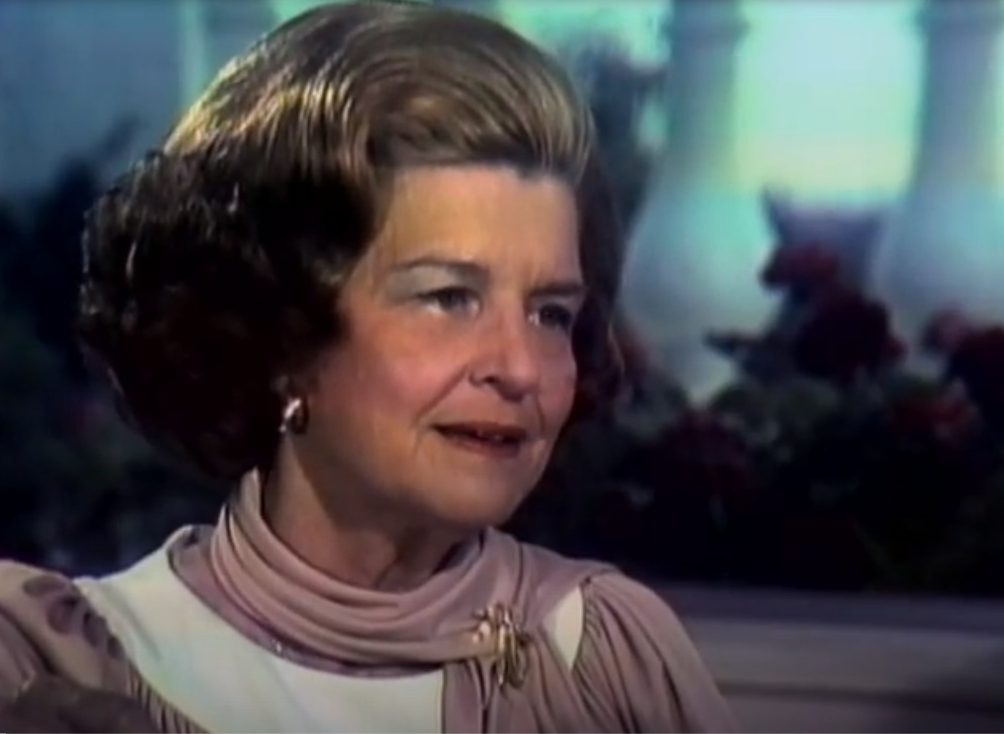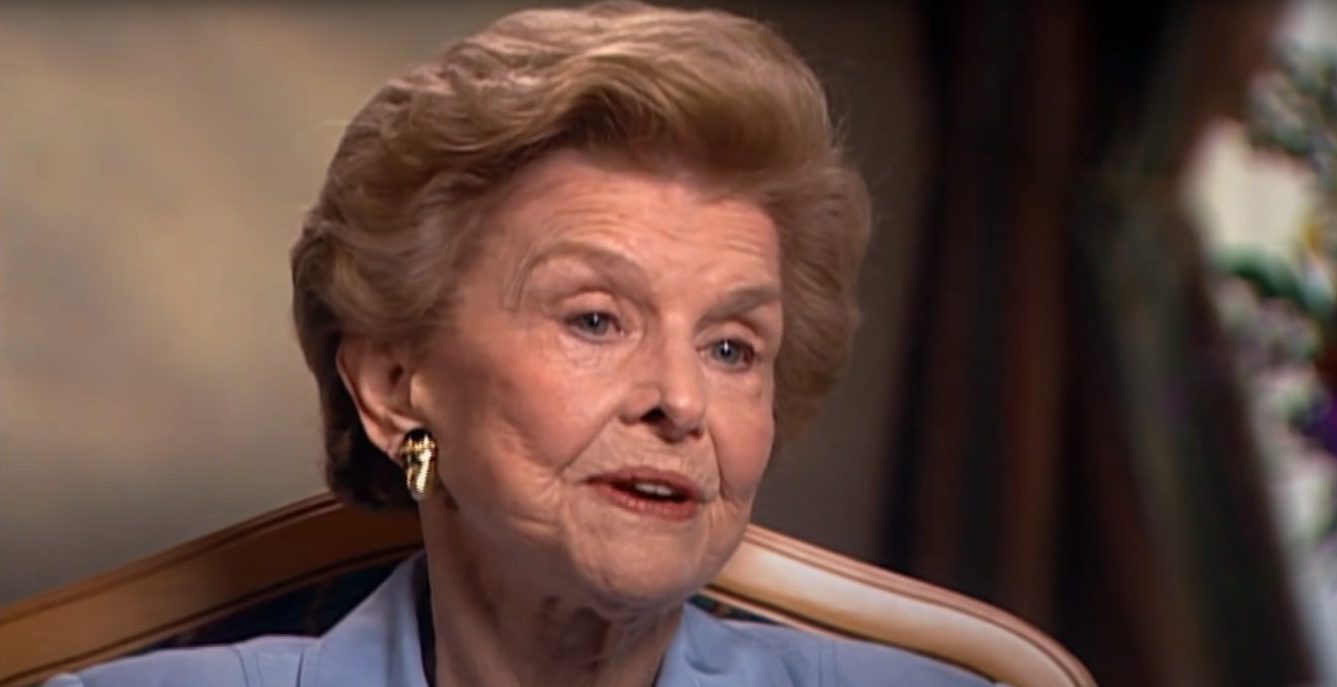Showtime’s ‘The First Lady’ follows the story of three iconic first ladies of the United States and their personal journeys. Through detailed narratives across three timelines, the show details the personal challenges and victories of Michelle Obama (Viola Davis), Betty Ford (Michelle Pfeiffer), and Eleanor Roosevelt (Gillian Anderson).
While each of the three first ladies has an inspiring story, Betty Ford, wife of Gerald Ford, has possibly the most unexpected introduction to the White House. Her husband is hoisted to the presidency after his predecessor, Richard Nixon, resigns. Betty Ford also battles with some tough circumstances and seems to struggle with addiction for a period. Here’s what actually happened in the life of Betty Ford.
Was Betty Ford an Alcoholic?
Betty Ford (1918-2011) was the wife of Gerald Ford, who was the 38th president of the United States and held the office from 1974 to 1977. Betty had a history of taking opioid painkillers for a pinched nerve since the 1960s (which is also alluded to in episode 1 of ‘The First Lady’). She suffered from severe arthritic pain in her neck and muscle spasms. During her stay at the White House, her dependency on these drugs seemingly dissipated. However, reportedly on two separate occasions, she did inform reporters that she was taking Valium, a commonly prescribed sedative.

After her time as the first lady and following her leaving Washington D.C., the Ford family moved to Rancho Mirage, California. Betty’s consumption of alcohol and use of prescription medication increased. Her admission that she was battling addiction came following years of speculation by those close to her and the press based on her occasionally slurred speech. Her youngest daughter, Susan Ford, who lived in nearby Palm Desert, also became concerned about her mother’s well-being.
A family intervention in 1978 finally led to Betty admitting to her addiction and deciding to confront it. After undergoing monitored detoxification at home for about a week, she was admitted to the Long Beach Naval Hospital for a drug and alcohol rehabilitation program. During her stay at the center, Betty shared accommodation with other women, took part in emotional therapy sessions, and also seemingly engaged in tasks like day-to-day cleaning. She was 60 at the time of being admitted.
A statement from Betty Ford read out by the family spokesperson said, “I have found I am not only addicted to the medication I have been taking for my arthritis but also to alcohol.” Her battle with addiction led to the realization that no facility existed at the time for specifically helping women deal with issues borne out of drug and alcohol addiction. To this end, after her recovery, Betty Ford established the Betty Ford Center in Rancho Mirage in 1982. The center, which remains active to this day as the Hazelden Betty Ford Foundation, helps people that are struggling with chemical dependencies with a focus on women.
By publicly discussing her struggle with addiction and (earlier) battle with breast cancer, Betty Ford established a legacy of public discussion of topics that were previously taboo. She continued to speak openly and candidly about her own experiences and on multiple sociopolitical issues, including HIV/AIDS and gay rights, in the time following the establishment of the Betty Ford Center. Her battle with alcoholism and drug addiction, though an undeniably dark chapter, ultimately led to the upliftment and rehabilitation of countless others that were struggling with similar issues.
Read More: Is The First Lady Based on a True Story? How Accurate is it?


You must be logged in to post a comment.